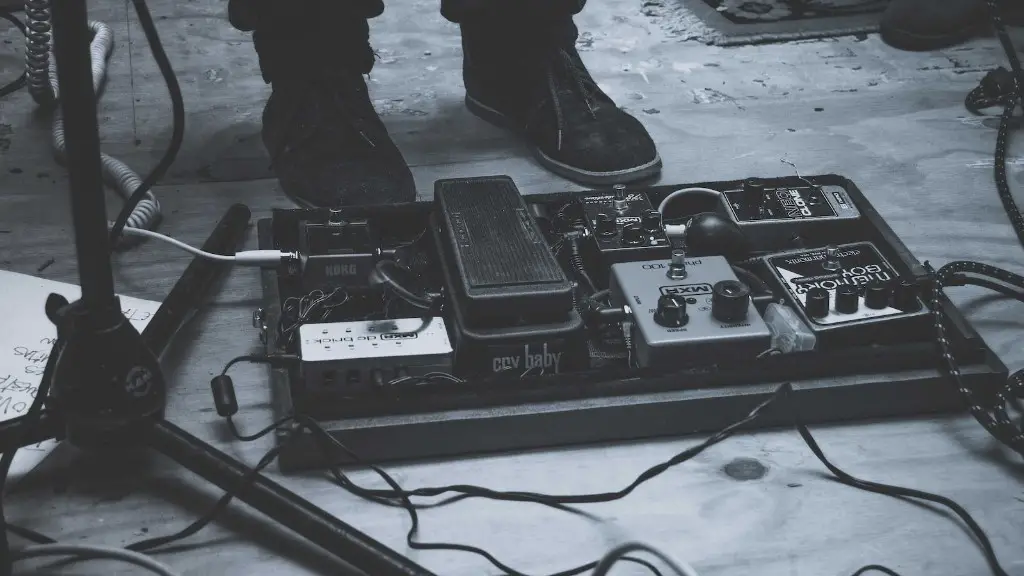How To Draw A Hat On A Head
Drawing hats on heads can be a very daunting task for beginners, but with some practice and patience, you can become an expert in no time. Let’s dive in to the quick and easy steps that you need to master to create a perfect hat shape every time.
Supplies To Get Started
First, you’ll need to gather some supplies such as paper, pencils, erasers and a ruler. These tools will help you sketch out the basic forms and shape of the hat on the head. Additionally, it is also recommended to collect color pencils or paints of different shades and gradients to add realistic touches to your drawing.
Measure For Accuracy
Once you’ve collected the materials, it’s time to draw the hat accurately. To do this, use a ruler to measure the head and draw basic shapes. This will create a solid foundation to work with. Next, use your pencil and paper to sketch out the details of the hat such as the angle, shape, and height of the individual furrows, folds, and curves.
Create Different Shadows And Highlights
Now that you’ve blocked out the shape of the hat, you can move on to adding shadows and highlights. Drawing shadows and highlights can add a lot of depth to your drawing. Start with a light pencil shade and gradually work up to darker shades to create contrast and texture. Experiment with different light and dark shades of pencil to get that perfect natural look.
Add The Finishing Touches
Once you’ve created the basic shapes and shadows, it’s time to add the final touches. Start by focusing on the details such as the hatband, stitching and all other intricate details. You can use a sharp pencil tip or dark color pencil shades to draw all these details. Finally, erase any unnecessary pencil lines and you’re all set.
Finalize With Color
The last step is to add some color to your drawing. Use lighter hues to fill in the shadows and darker tones to add details and texture. To create a realistic look, mix the colors and blend them together. Finally, you can use thicker paints and darker gradients to give the hat that extra professional look. And that’s it! You’re now a pro at drawing hats on heads.
Tips For a Realistic Look
To achieve a lifelike look, focus on adding shadow and highlights to create more depth and realism. Additionally, use thicker strokes of paint to draw details such as the hatband, stitching, furrows and folds. Moreover, experiment with different angles of light to get a better envision of how your hat will look in a real-life situation.
Getting Creative
Once you have a firm grasp on drawing realistic hats, it’s time to get creative. You can play with different shapes, sizes and heights to create unique looks. Moreover, experiment with different materials and fabrics to get an even more unique look. Use your imagination and create as many styles as possible.
Saving your Work
Don’t forget to save all your hard work. The best way to do this is to take a picture of your art and store it in a digital format. Additionally, you can share your artwork online, print it out and even sell it. So don’t forget to back up all your drawings.
Conclusion
Drawing a hat on a head might seem like a complicated task at first but with enough practice and dedication, anyone can become a master at it. Just remember to follow the right steps and use the right supplies. Additionally, you can use your creativity to come up with unique designs. Finally, don’t forget to save your artwork. Good luck!
